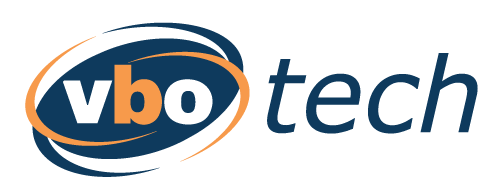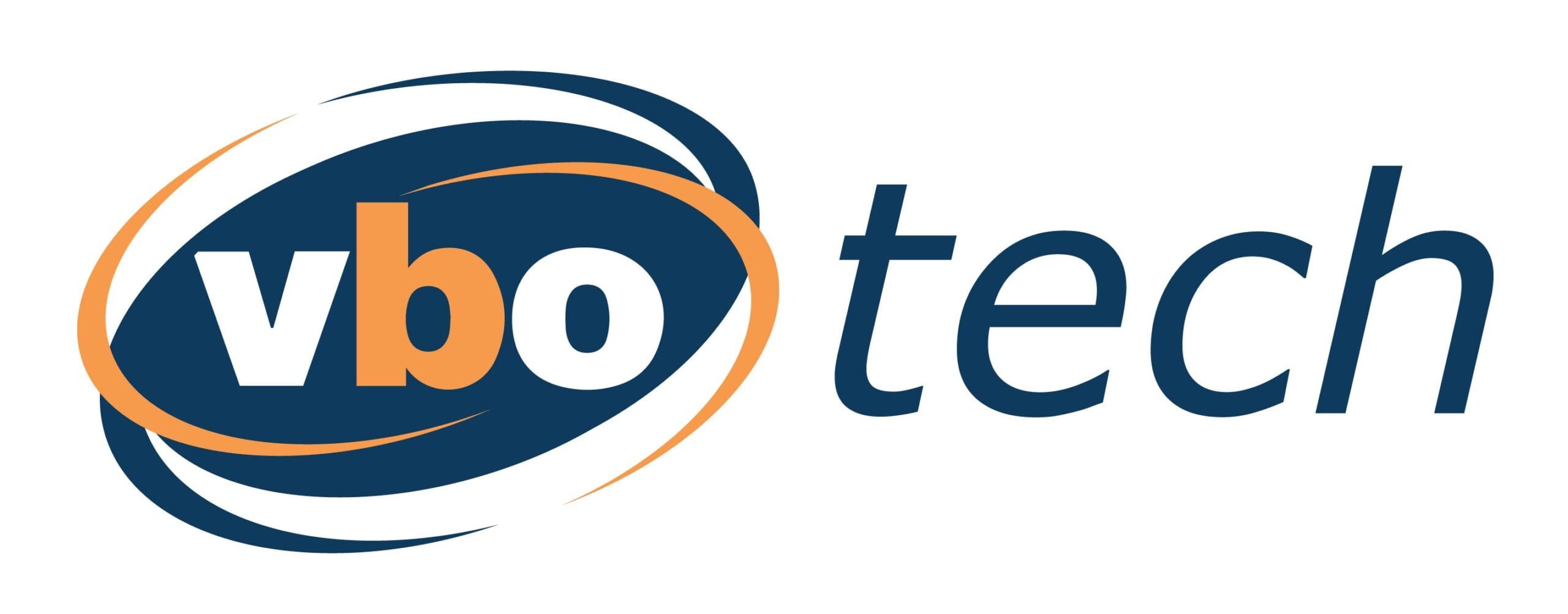Any changes that would impact transaction processing or consensus need to be approved by at least 80%% of the network. Ripple is a contributor to the network, but its rights are the same as those of other contributors. In terms of validation, there are 150+ validators on the network with 35+ on the Unique Node List (see “What are Unique Node Lists (UNLs)? Most of the rippled servers in the XRPL monitor or propose transactions. These trusted servers accumulate lists of new transactions into a new possible ledger instance (a new block in the block chain).
The company also publishes quarterly sales and escrow market activity reports for the global XRP community. Futures, options and swap exchanges allow people to buy and sell standardized contracts of cryptocurrency market rates in the future. Spot exchanges allow people to buy and sell cryptocurrencies at current (spot) market rates. It might seem strange that cryptocurrency is based solely on computer data, and not on any sort of tangible commodity such as precious metal. Traditionally, currencies have been based on cattle, sea shells, rare metals, stones, or other physical objects. But these items have value only because there was agreement between people in a culture.
What Is Cryptocurrency?
The XRPL is open to anyone who wants to set up their own instance of the rippled server and connect. The node can monitor the network, perform transactions, or become a validator. Since then, the company has regularly sold XRP, used it to strengthen XRP markets and improve network liquidity, and incentivized development of the greater ecosystem. In 2017, the company placed 55 billion XRP in escrow to ensure that the amount entering the general supply grows predictably for the foreseeable future. Ripple’s XRP Market Performance site reports how much XRP the company has available and locked in escrow at present. Get started with the only major L-1 blockchain that’s built for business and designed specifically to power finance use cases and applications at scale.
The XRP Ledger was launched in 2012 by three developers.
In May 2018, the community selected a new “X” symbol to represent XRP to differentiate it from the triskelion logo that had previously been used for both the company and the digital asset. XRP Ledger is a decentralized, layer-1 blockchain with reliability and stability proven for over a decade. It introduction to the multitenant architecture is trusted by businesses and builders globally for the efficient tokenization and exchange of crypto-native and real-world assets.
The BlockchainBuilt for Business
- To provide predictability to the XRP supply, Ripple has locked 55 billion XRP (55% of the total possible supply) into a series of escrows using the XRP Ledger itself.
- Proven reliable over more than a decade of error-free functioning, the XRPL offers streamlined development, low transaction costs, high performance, and sustainability.
- Leverage XRP as a bridge currency to facilitate faster, more affordable cross-border payments around the world.
It is freely exchanged on the open market and used in the real world for enabling cross-border payments and microtransactions. The XRP Ledger is a decentralized blockchain that uses its own digital currency to process and record financial transactions. Created in 2012 specifically for payments, XRP can settle transactions on the ledger in 3-5 seconds. It was built to be a better Bitcoin—faster, cheaper and greener than any other digital asset. The XRP Ledger is a blockchain that permanently records digital transactions of tokens between accounts. The sections below expand on the concepts introduced in that sentence.
A group of trusted validator nodes reach consensus that the data is valid. Significant investment in development, along with low transaction costs and energy usage, is fueling growth and opening up a wide variety of use cases at scale. All servers in the network process each transaction according to the same rules, what is sql programming language and any transaction that follows the protocol is confirmed right away. All transactions are public, and strong cryptography guarantees the integrity of the system.
The block is uniquely identified with a very elaborate, complicated, computer-generated, cryptographic Hash number that is 64 hexadecimal characters long. Connect at XRPL.org, a community by and for the developers and entrepeneurs who rely on the XRPL.
Non-custodial exchanges, also known as decentralized exchanges, do not manage a user’s private keys, and publish decentralized order books of buyers and sellers on a blockchain. All XRP is already in existence today—no more than the original 100 billion can be created. The XRPL founders gifted 80 billion XRP, the platform’s native currency, to Ripple. To provide predictability to the XRP supply, turnkey forex review 2023 a scam or legit forex broker ️ Ripple has locked 55 billion XRP (55% of the total possible supply) into a series of escrows using the XRP Ledger itself. The XRPL’s transaction processing rules, enforced by the consensus protocol, control the release of the XRP.
What Is the Relationship Between Ripple and XRP?
Learn about the inner workings of decentralized finance including safety and security, auto-bridging, pathfinding, liquidity pools, and more. Once recorded, the data in any given block cannot be altered retroactively, unless a majority of the validators agree to the change. If so, all subsequent blocks are changed in the same way (a very rare and extreme occurrence). Using this structure, each block has a clear position in the chain, linking back to the previous data block. You can always verify all current information on the chain by tracing back through the previous blocks.
Leverage XRP as a bridge currency to facilitate faster, more affordable cross-border payments around the world. For developers or new users who want to try out the features of XRPL without investing their own funds, there are two developer environments, Testnet and Devnet. Users can create an account funded with 1,000 (fake) XRP and connect to either environment to interact with the XRPL. The validators incorporate proposed changes from one another and distribute a new version of the ledger proposal. Custodial exchanges manage a user’s private keys, and publish centralized order books of buyers and sellers.


